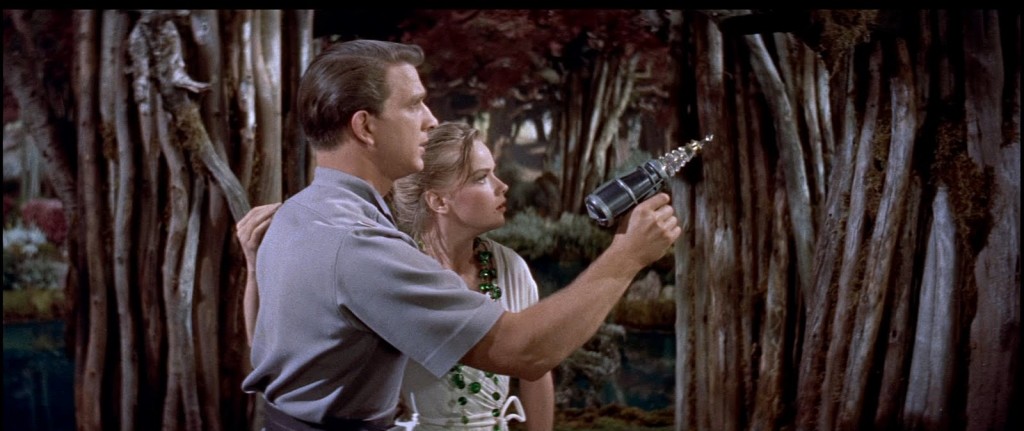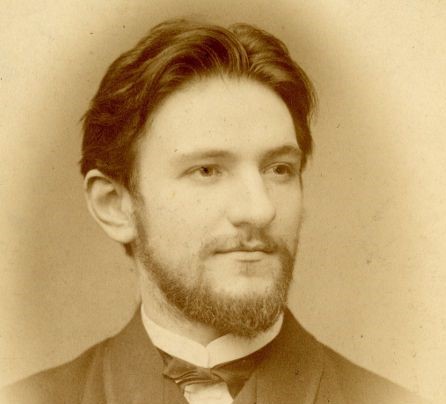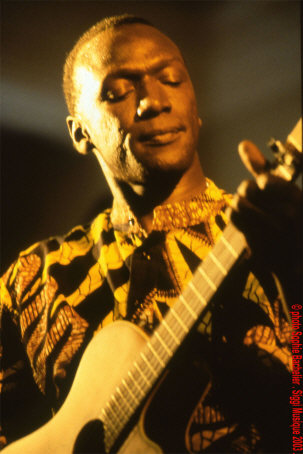One reviewer describes Holy Fuck as “strangely melodic and pulse pounding free-form fusion of the heavy chug and groove rock of Trans Am and the quirkiness of Beck rolled into one mesmerizing viewing and listening experience.” Well, I don’t know if you can form any plausible impression from that description, but it’s fairly accurate. A more comprehensible way of describing this Toronto band is to say that they try to duplicate, live, using physical instrumentation, without pre-taping or splicing, the sounds that you would think could only be done by computer. I think they achieve this admirably, judging from the recording I have of their eponymous debut allbum. Here, band members Brian Borcherdt, Graham Walsh, Mike Bigelow, Loel Campbell, Kevin Lynn, Glenn Milchem, Robbie Kuster, Matt Schulz are joined by Laurence Currie and Dave Newfeld (of Broken Social Scene). Something like this should be seen live. I haven’t had the chance to, yet, but a hint of it can be seen in the videos available on their Myspace site.



